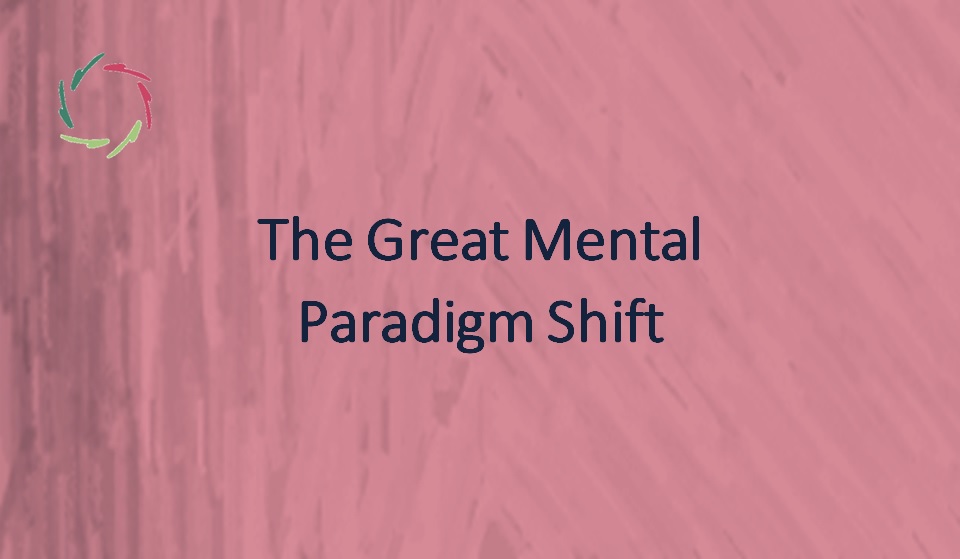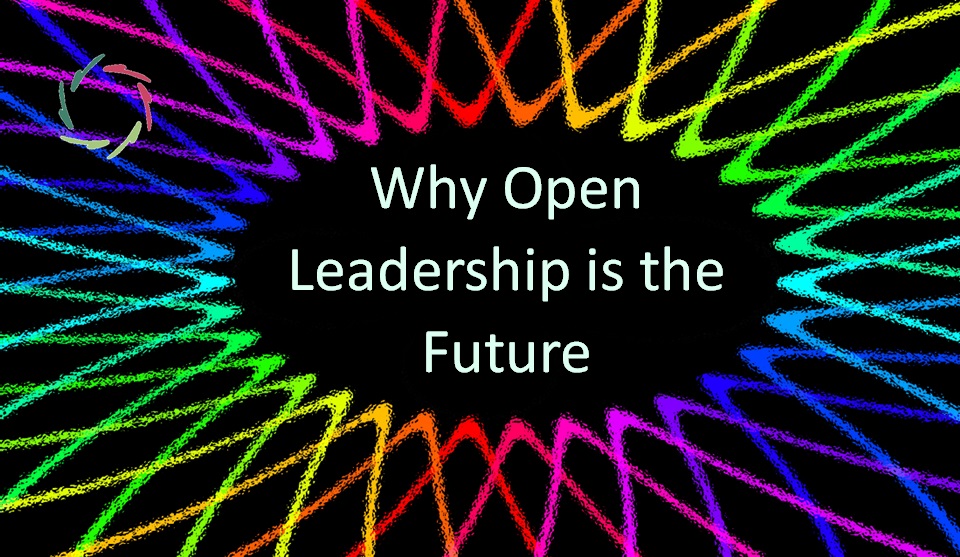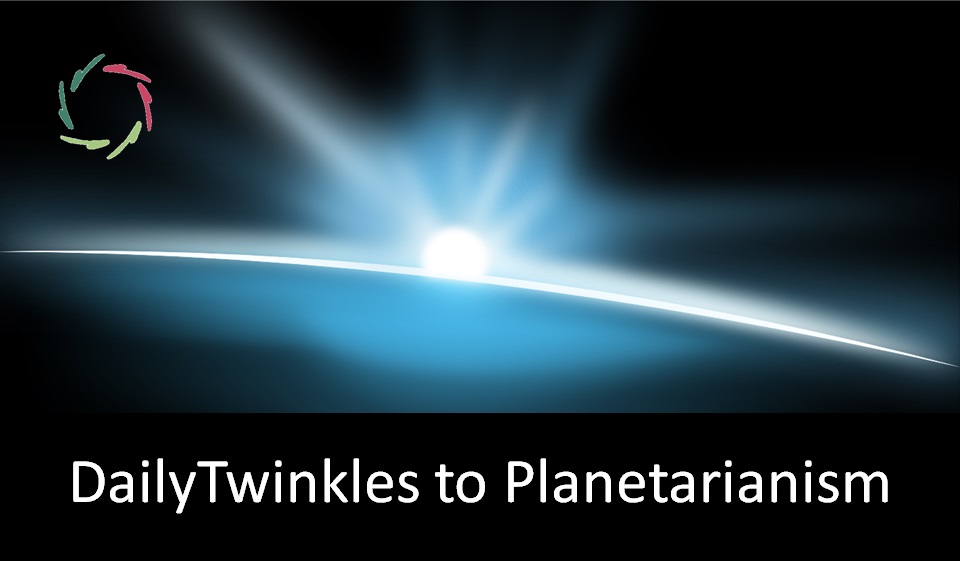The Great Mental Paradigm Shift

One can see the related tension becoming more and more consequential in several fields (from healthcare to politics and more) over decades. This can continue getting worse, or we can take action to make the transition go smoothly.
About?
The great mental paradigm shift is about transitioning from a largely conceptual take on the human mind to a balanced (conceptual + subconceptual) take on the same. Since this is at the core of human being, it is like the tip of an inverted pyramid of consequences. If something isn’t right at the tip – even if invisible to most people – it is felt in many places.
In this text, the ‘old’ paradigm is the present one. The ‘new’ paradigm is the one after the shift.
The new take is an increasingly scientifically supported view of the human mind and mind/body unity. In this sense, I write a lot about mental-neuronal patterns. These can now also be better visualized with the latest technologies (such as in vivo optogenetics). This leads to a different view of who we are. The consequences are significant – within medicine and beyond – although the train of the previous (current) paradigm rumbles on underailed for the time being.
Healthcare-related tensions caused by this can be seen in annually increasing problems of psycho-somatics, addictions, chronic pain, depression, burnout, etc., for which sustainable solutions are ultimately lacking. In the current paradigm, this may continue for a long time.
No paradigm shift is naturally evident.
But especially this one, being about who we basically are (see the subtitle of ‘The Journey towards C.A.I.’). Of course, I can’t do this alone. Hence working on a global consortium, setting up a scientific medical board, and the DailyTwinkles project with hopefully wide dissemination via social media.
A general challenge is the fact that what works within one paradigm (incremental change of one configuration) may not work when evolving toward a new paradigm (jumping from one configuration to another). Thus, the solutions to many problems engendered within – and partly even through being stuck in – the old paradigm will not be found within that paradigm. Yet, people don’t jump into the unknown unless they get answers to many questions, answers that are necessary for solving problems unsolvable in the old paradigm ― hence my 1200+ blog essays, 14 books, etc.
The sad, and at the same time immense opportunity for doing good lies in there being a list of such ‘unsolvable’ problems. The main challenge lies in people’s continued asking for old-paradigm solutions (a pill, whatever the cost). There is a difference between what people want – at a surface level – and what they need – at a deeper level. For the transition to go smoothly, people need to be shown that what they really want is what they really need.
The metaphor of the flower bud.
I used this metaphor at the individual level before. It can also be used at the sociocultural level.
The metaphorical bud is under tension (old paradigm). The natural thing is for the flower to open (new paradigm). However, if this doesn’t happen, tensions mount more and more. We see this happening now. The increase in tension can optimistically be seen as the gathering of energy that enables the shift. Still, this energy can be oriented positively or negatively.
The practical importance can be somewhat understood from a metaphorical whirlpool of material and mental elements.
There is little to worry about for those who stand next to the whirlpool. From there, no heroic deeds are necessary.
But a few steps in the wrong direction can have dire consequences while good support in the right direction at the right time can lead to the desired result. This can be easily overlooked from the old paradigm.
Many problems are associated with this.
In Why AureLisa, I worked out an example of heart infarctions. That is one of many grave issues in need of the paradigm shift. Despite obvious scientific indications (see references in ‘Why AureLisa’), many are looking astray from inside the old paradigm.
Much of the COVID disaster may also have been related to this whirlpool. While things unfolded, I wrote a book about it and developed an app (meanwhile on several domains, including the heart). Unfortunately, the old paradigm – and the strength of active denial in several guises – prevailed over a chance to save many lives and countless resources. Doubtlessly, time will tell what has been wasted in recent years. At present, we have no scientific proof, only many clues and a sad rationale for the inaction.
Post-COVID, we are witnessing a different result of a similar whirlpool. External aggression is accompanied by a projection of inner aggression, escalations, not communicating deeply, revenge and retaliation until a raging war only stops when resources are depleted. We could have learned from COVID. Then, the virus was ‘the enemy’ (and people died mainly due to overreaction of their own immune system).
However, the worst whirlpool is yet to come and will have everything to do with the new intelligence: A.I. See my book.
Clinging to the old paradigm
As it goes with a paradigm that has had its time, cracks appear that can be mended only temporarily or not at all. This leads to growing anxiety for many who don’t know where this anxiety comes from. The tension comes from the pending new and from clinging to the old.
This is further aggravated by having built up many explanations for things as they are happening, congruent with the old paradigm. This gives a seemingly solid house to live in and temporary relief as long as it lasts. But the longer it lasts, the more bits and quircks of explanation are used to keep the house standing.
Meanwhile, the closer we get to the shifting of no return, the bigger the tension. The clinging makes us go from world crisis to world crisis, the ‘mother of all crises’ being the meaning crisis. In due time, this also leads to a polarization between progressive rationality and conservative meaningfulness as seen, for instance, in fundamentalist movements.
Crescendo before catharsis
As in many ancient Greek tragedies, the tension buildup goes in a crescendo. The situation seems desperate and then even more desperate. The protagonists of the tragedy are looking for a solution in vain, while the public follows their emotions.
Then, suddenly, at the height of tensions (crisis), the tragedy may turn into a catharsis ― for instance, through a deus ex machina. Back then, there was literally a wooden machine/construction that brought some godhead into the play. This changed the whole picture – say, it brought a paradigm change – and the public could go home with a sigh of relief. Athens was saved.
May the machine be a computer this time ― the ‘deus’ something like A.I. coach-bot Lisa (see: Introducing Lisa)? Time will tell, but I’m afraid we’re not yet in the cathartic act of our time’s tragedy.
As in politics
Political strongmen may abuse the tense situation ― as, unfortunately, they currently do in several places of the globe. These strongmen typically promise ‘the people’ that they can relieve the tension by keeping the flower bud closed with their strong hand. Of course, this is a negatively-populist promise.
Yes, “it works” symptomatically. The tension diminishes, indeed, but only artificially and even contra-naturally. Usually, the tension is also projected to some outer enemy. This may even lead to big or small wars ― hardly a worthwhile way to relieve inner tensions.
See also: Where do You Go to, My Planet?
As said, I hope that A.I. coach-bot Lisa will be a game changer in realizing the paradigm shift.
Lisa is scalable, manageable, user-friendly, and versatile.
It is also a scientific tool that allows us to determine what works and doesn’t. Such a tool is ultimately the only way to capture human complexity adequately. This knowledge is probably necessary to get us out of the old paradigm and resolve the biggest conscious tragedy on this planet until now.
A the same time, it is a necessity and an opportunity for ‘doing good by doing well’ on a very large scale.


